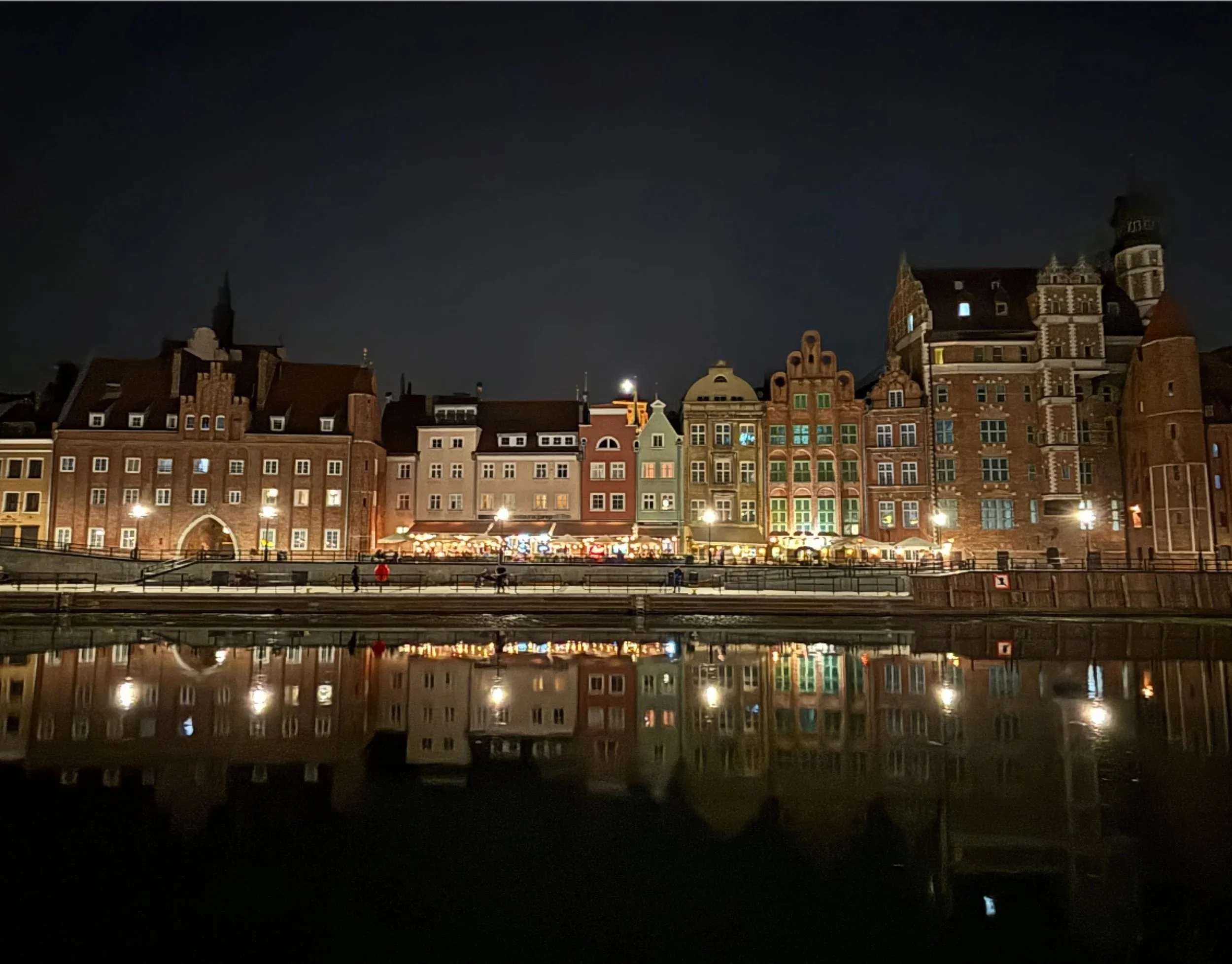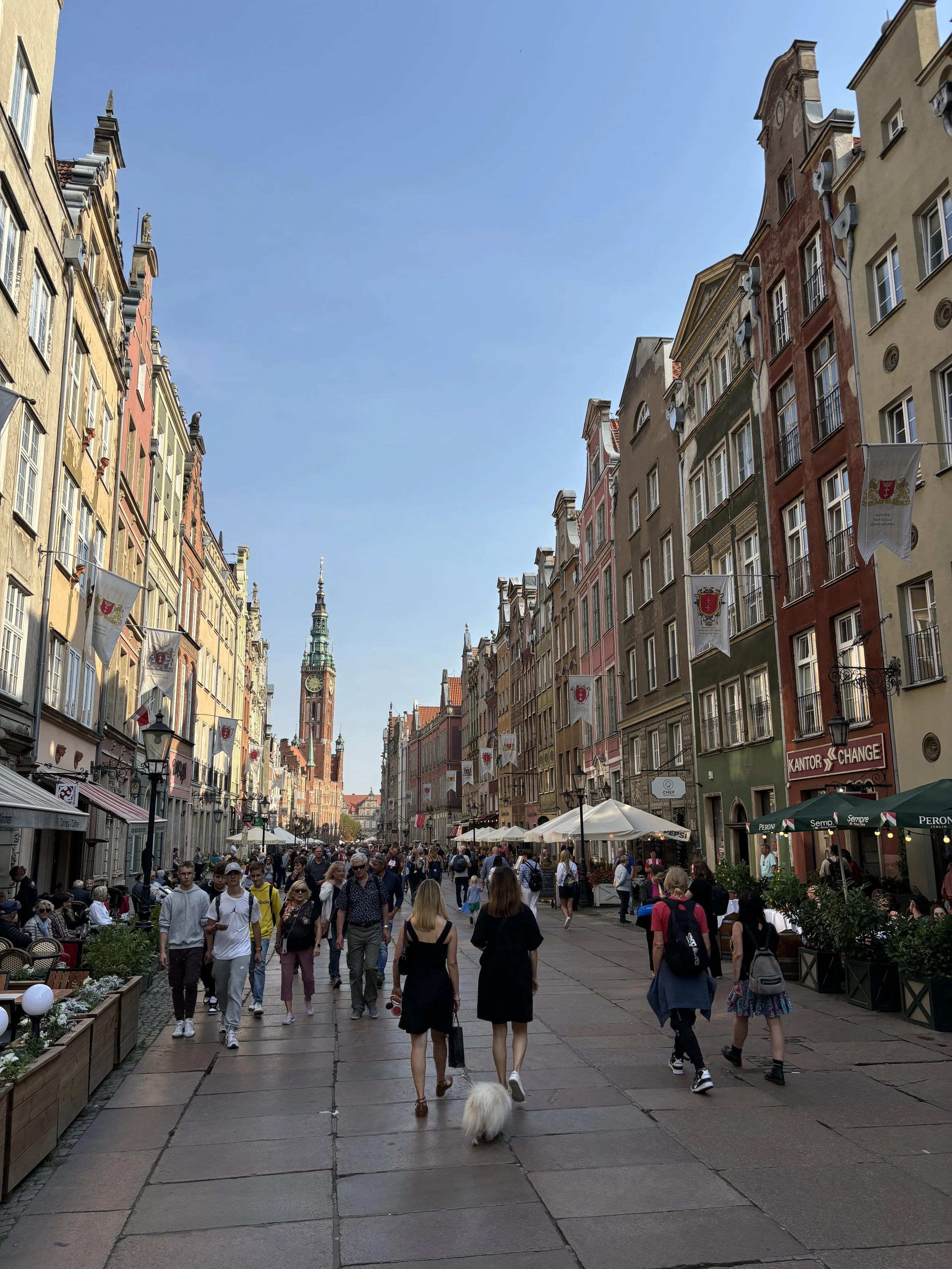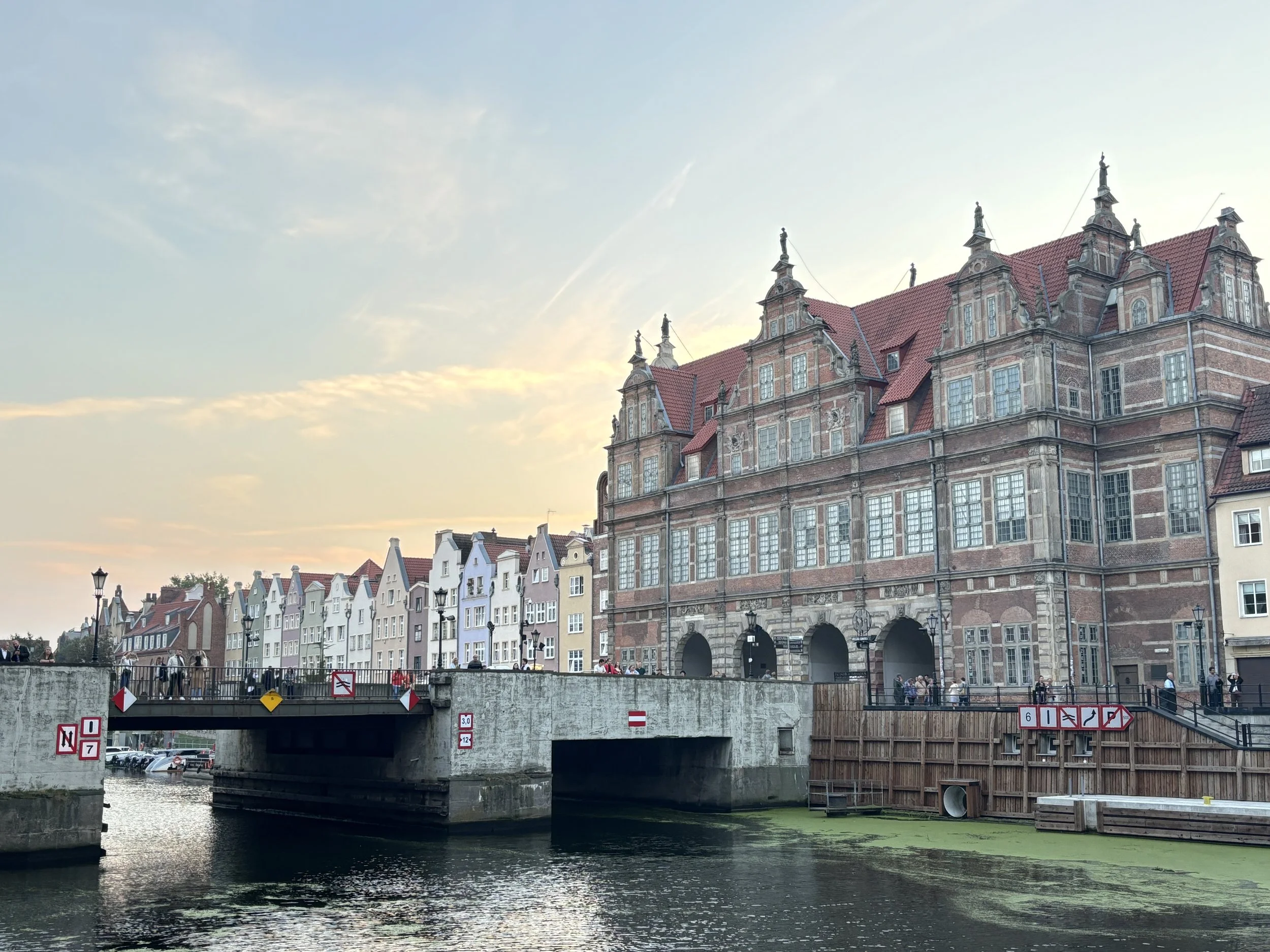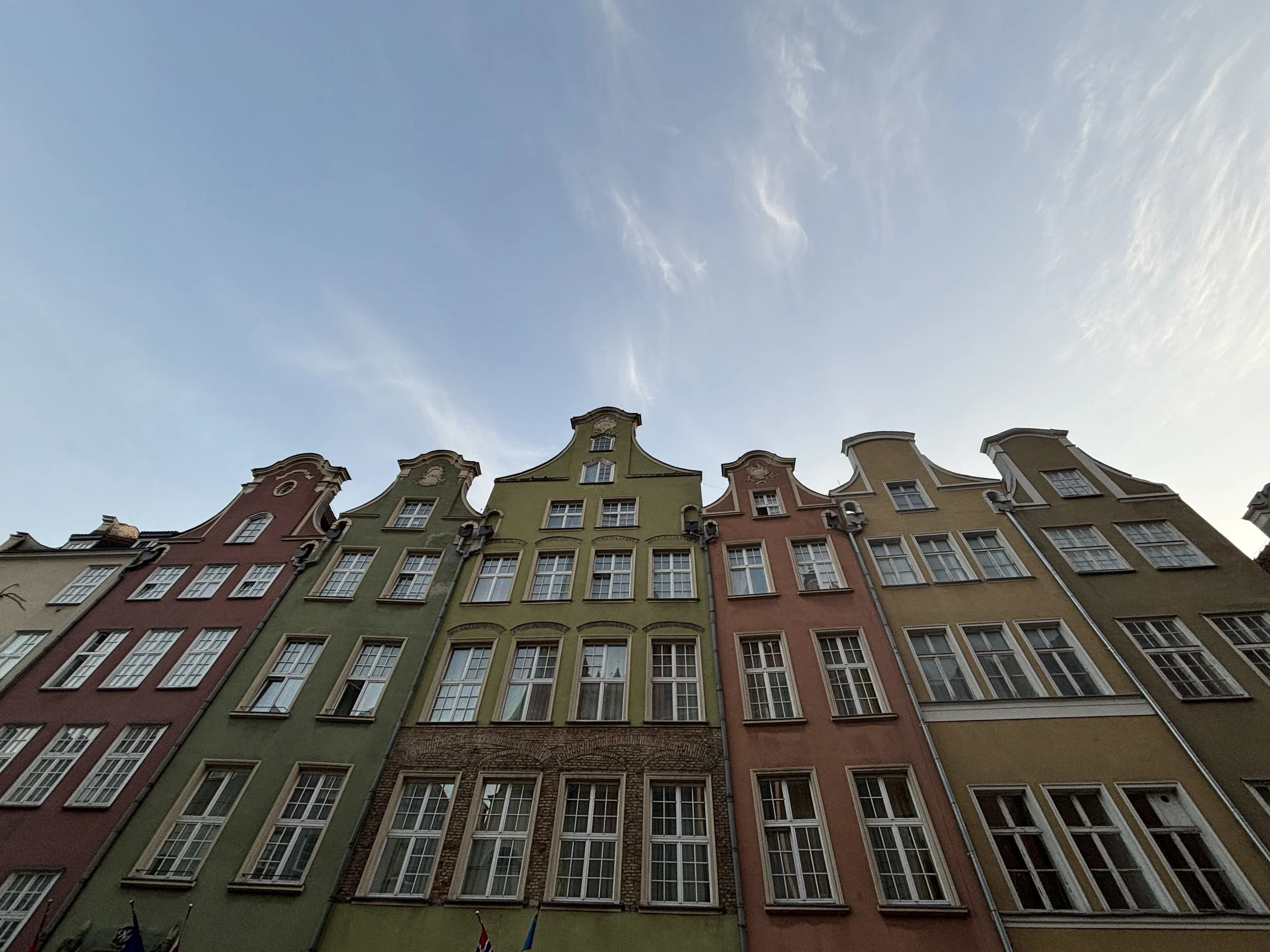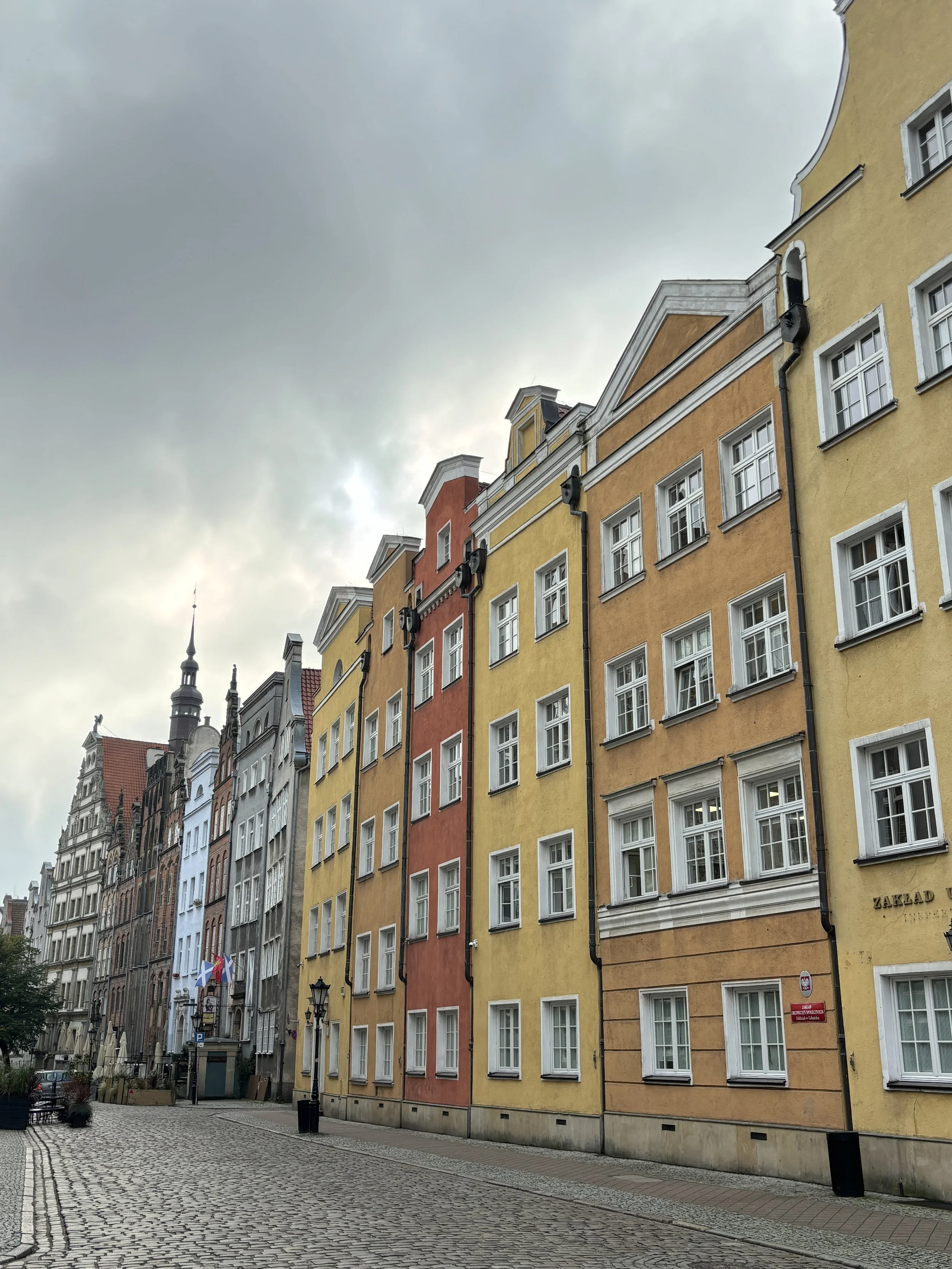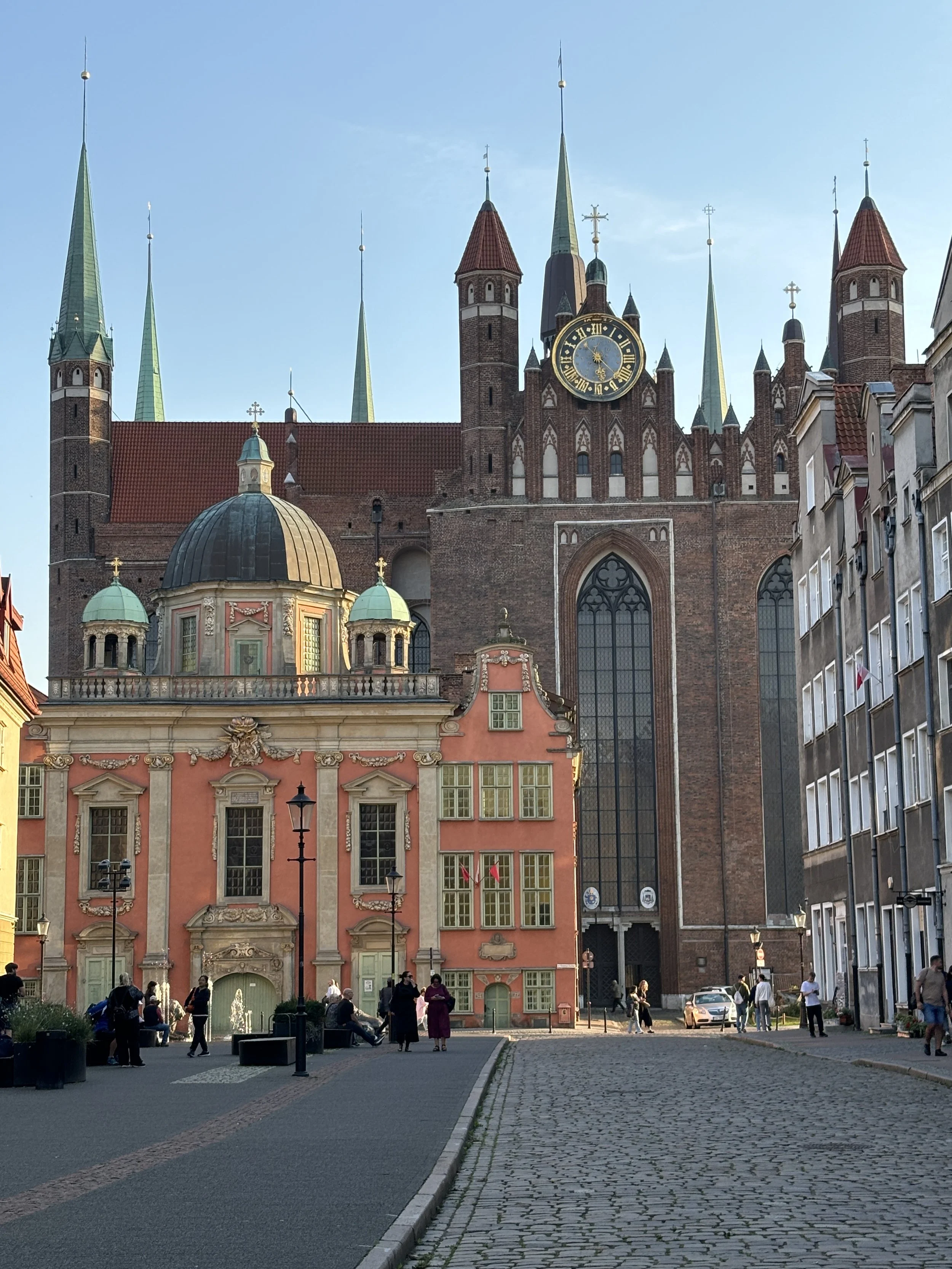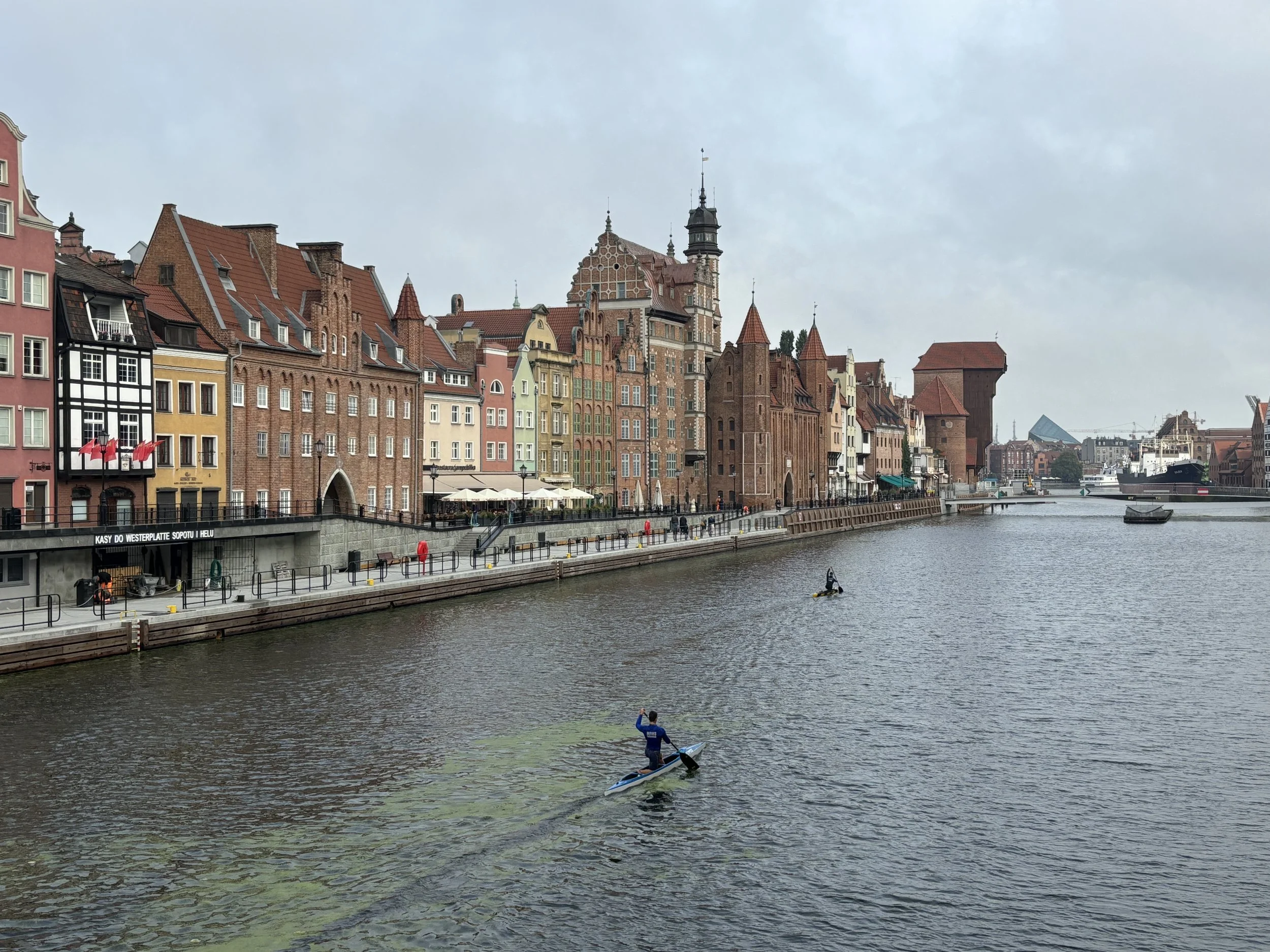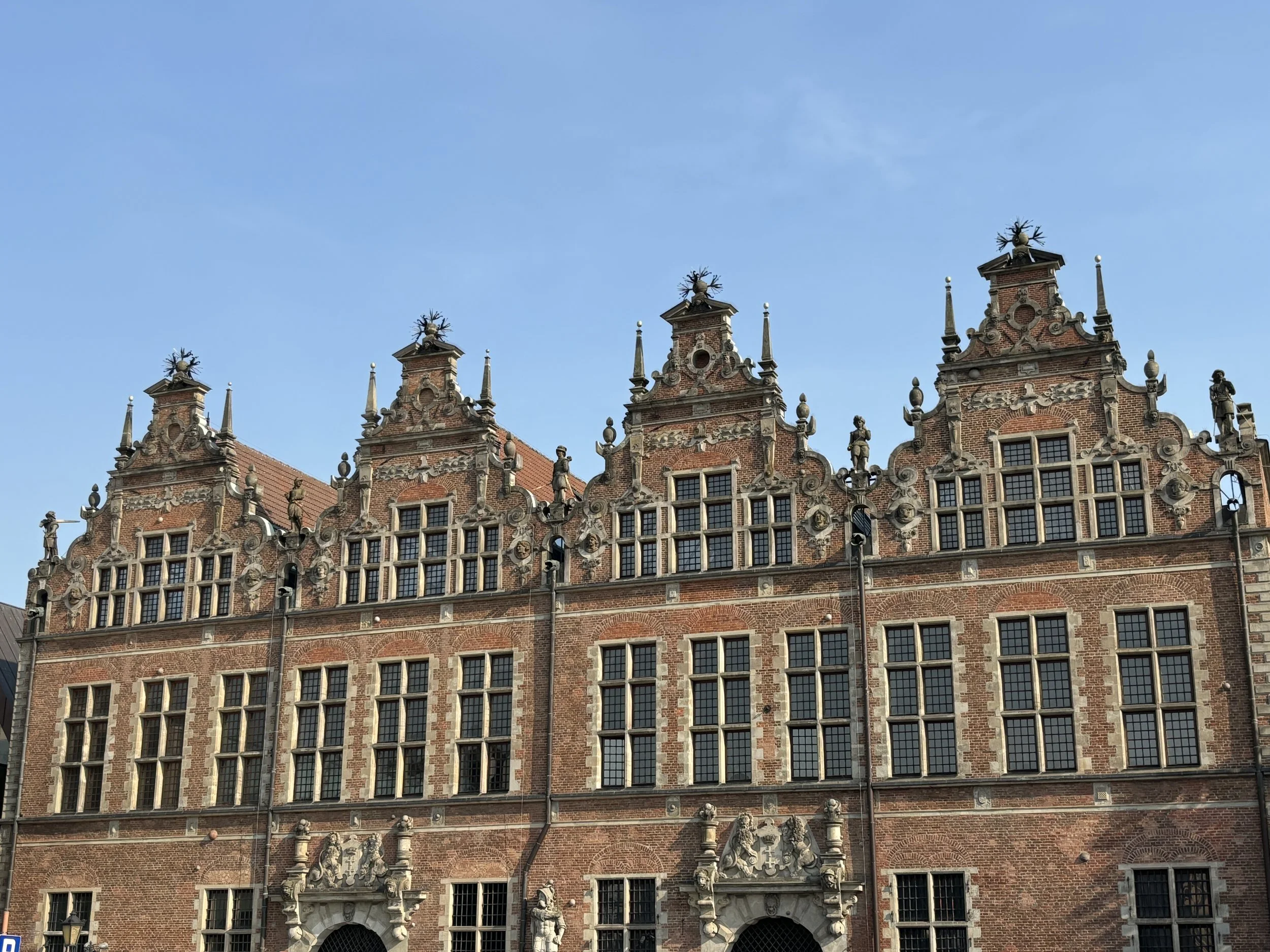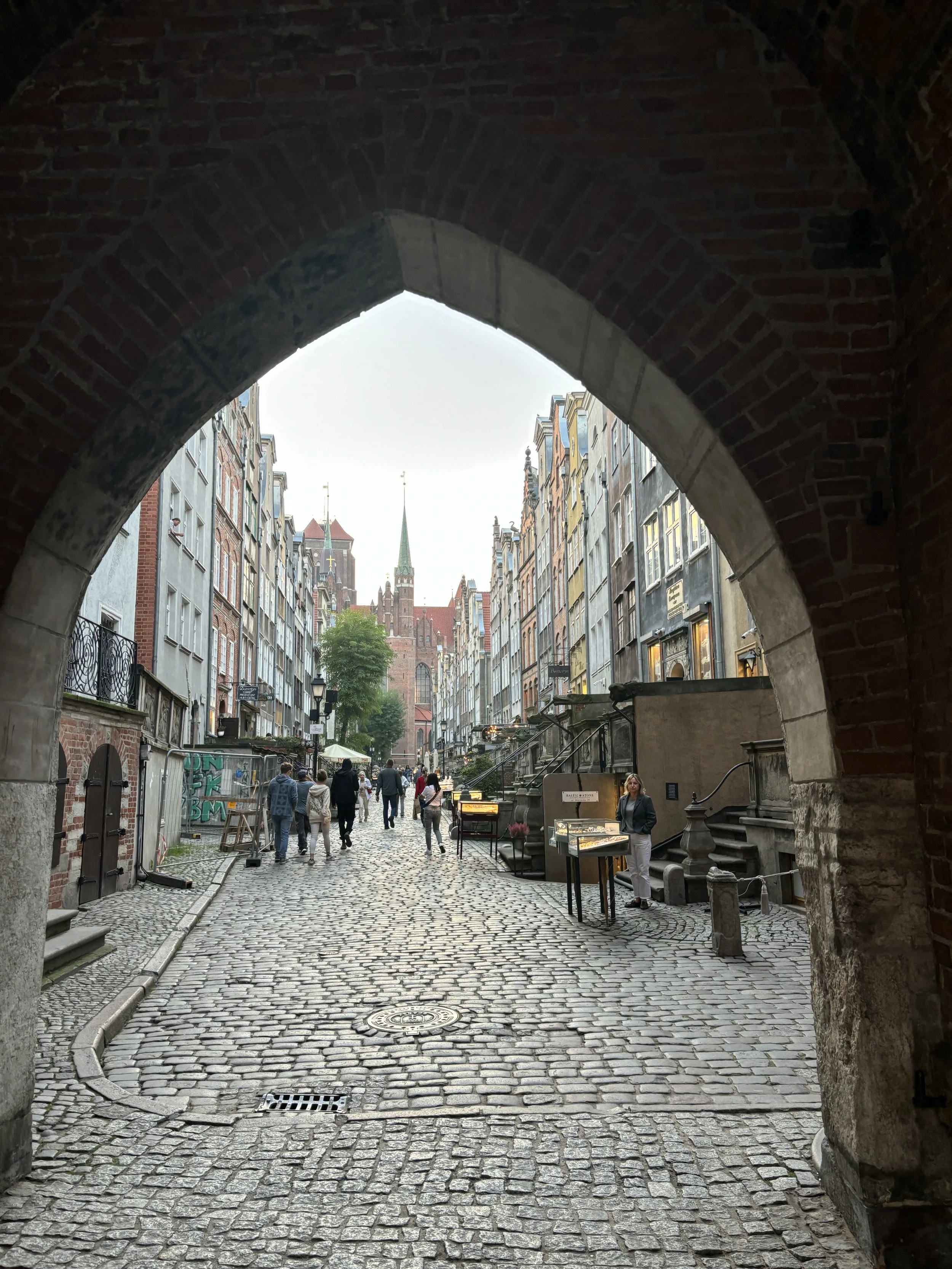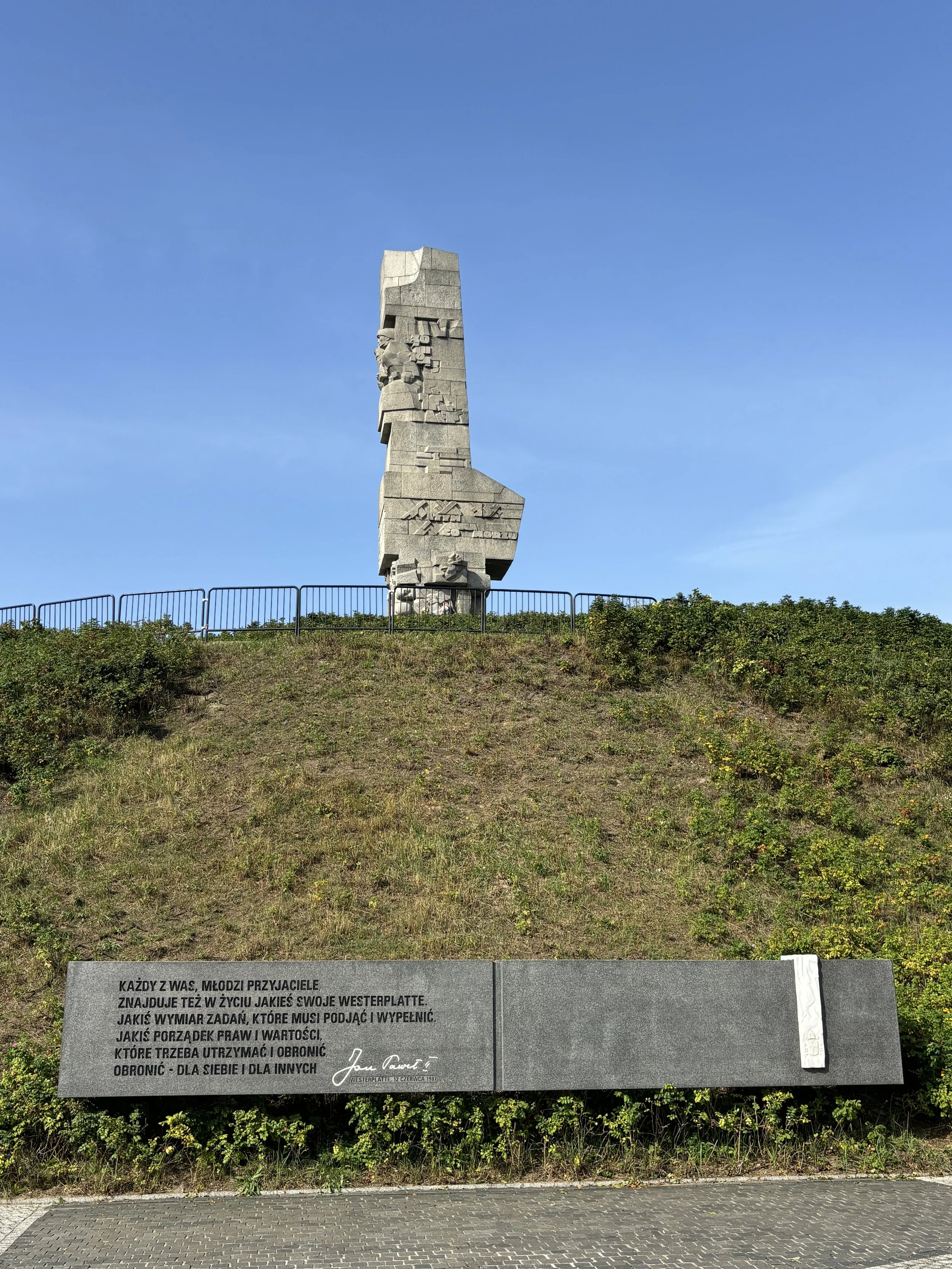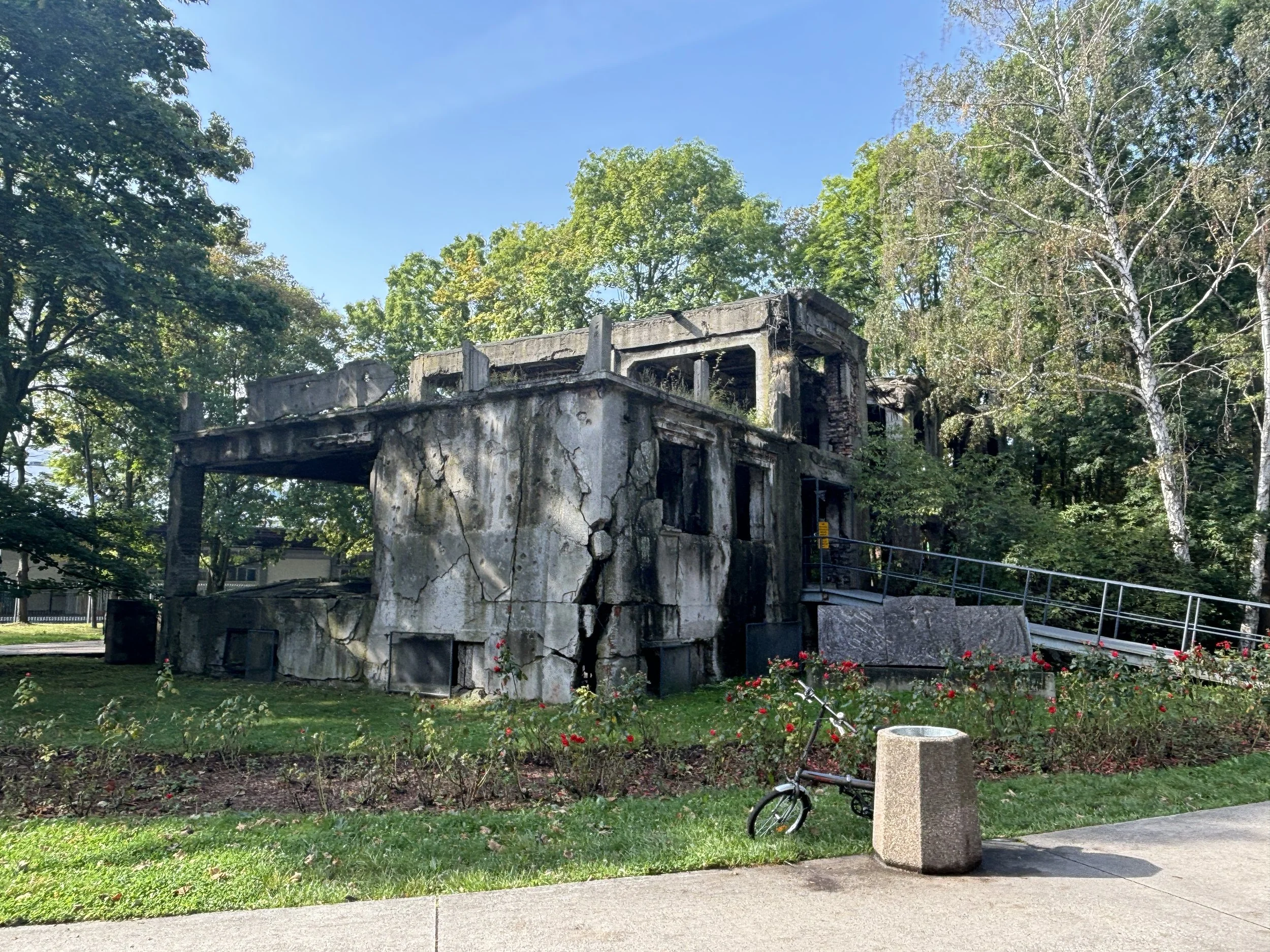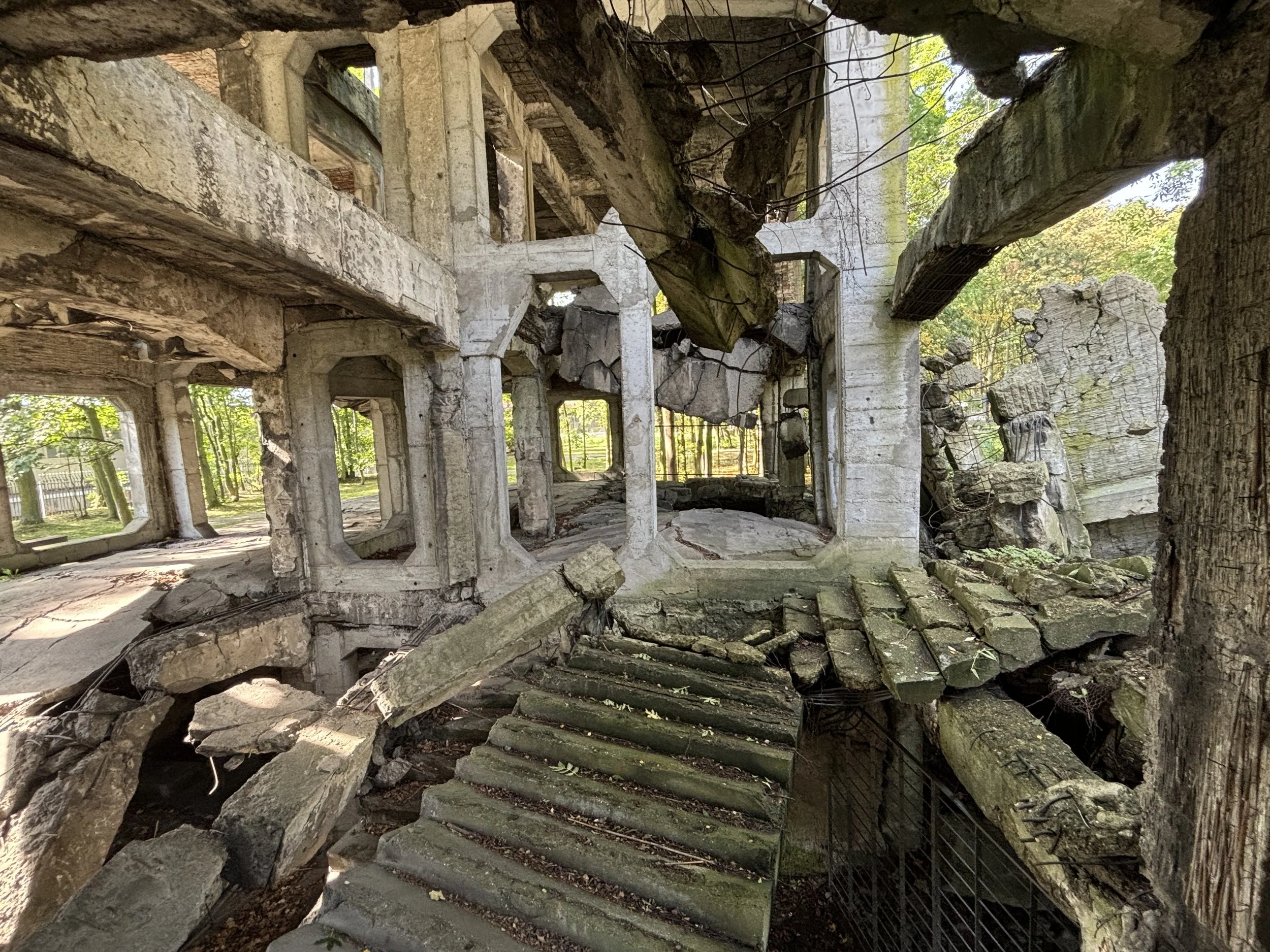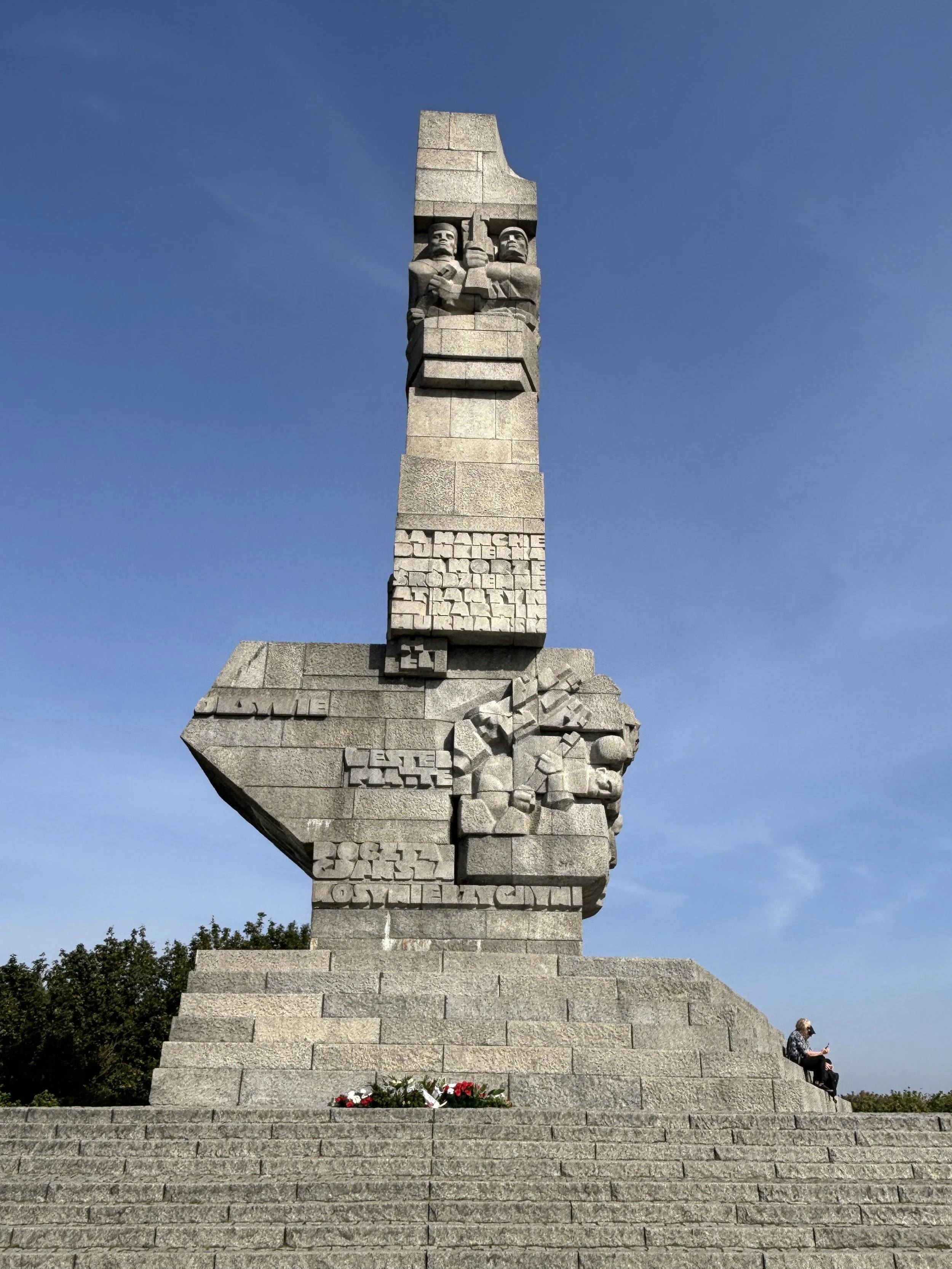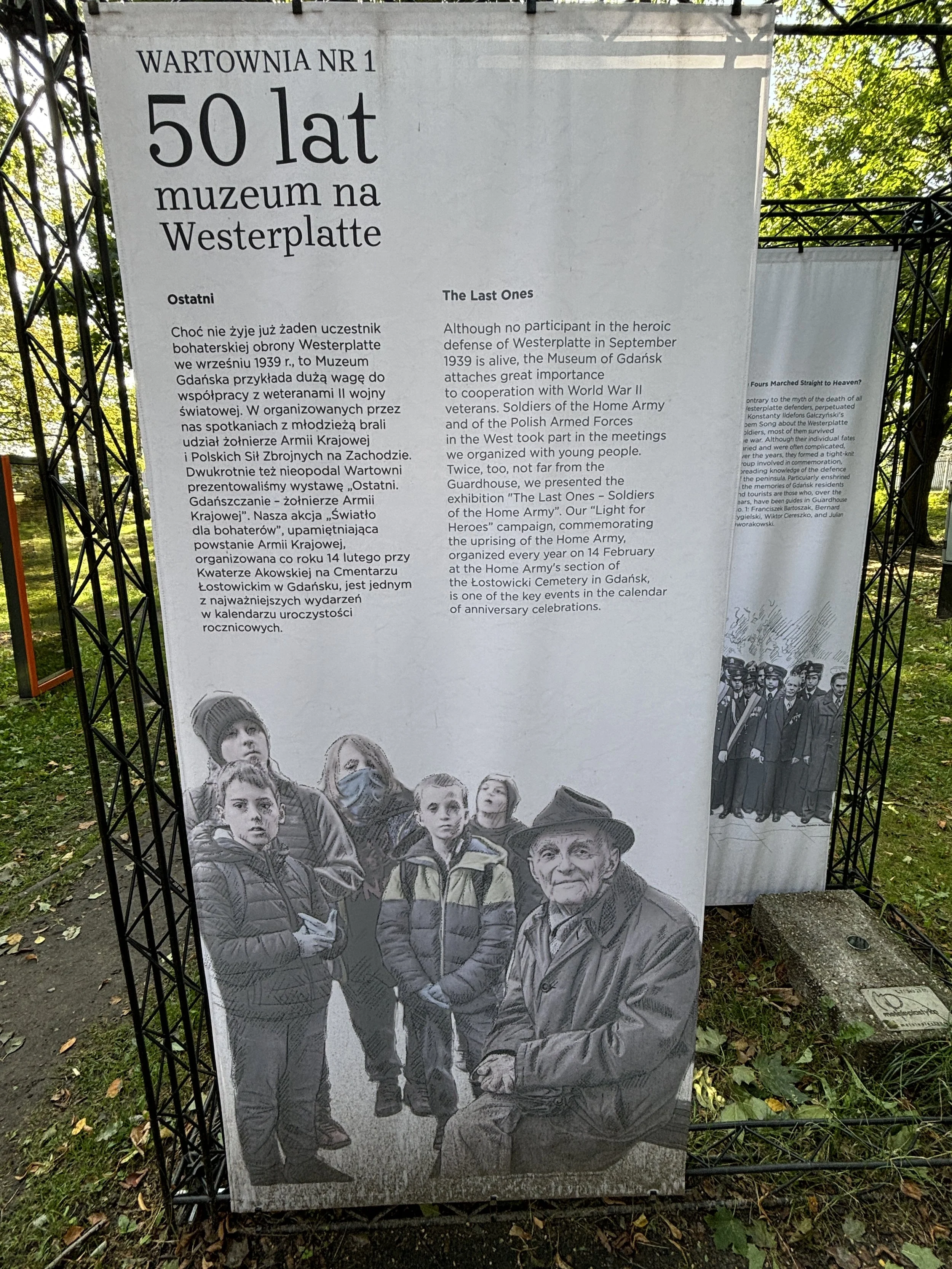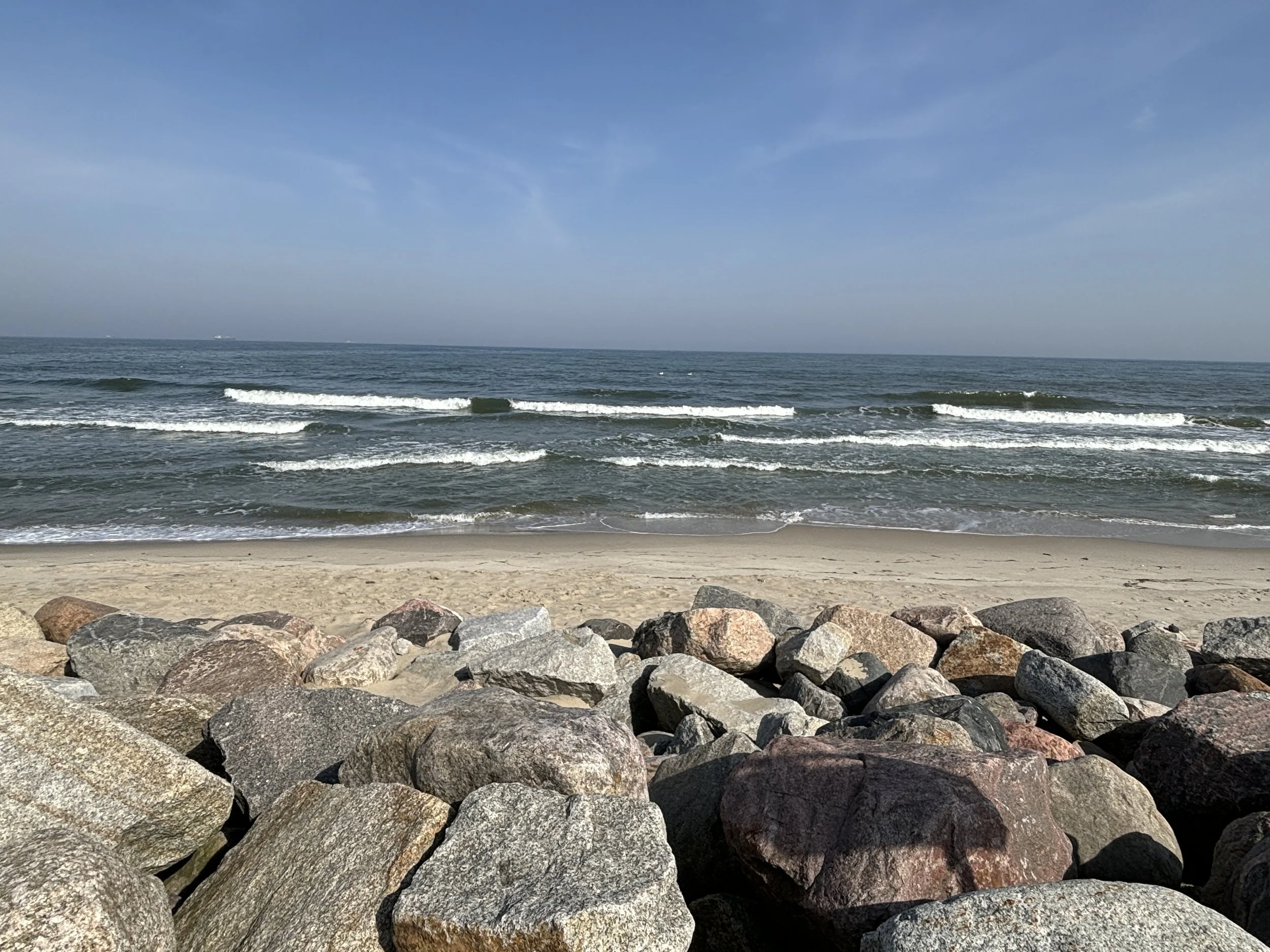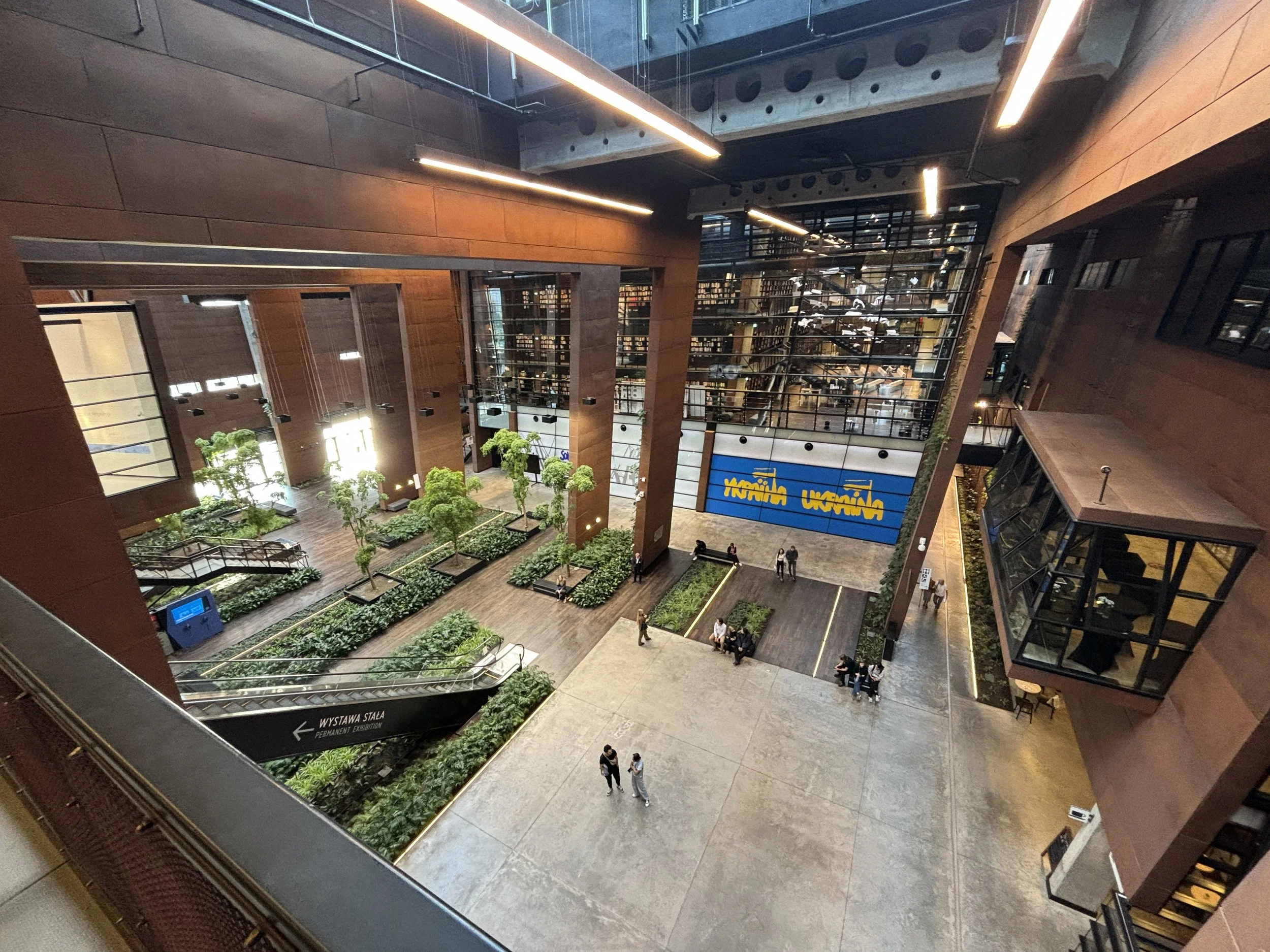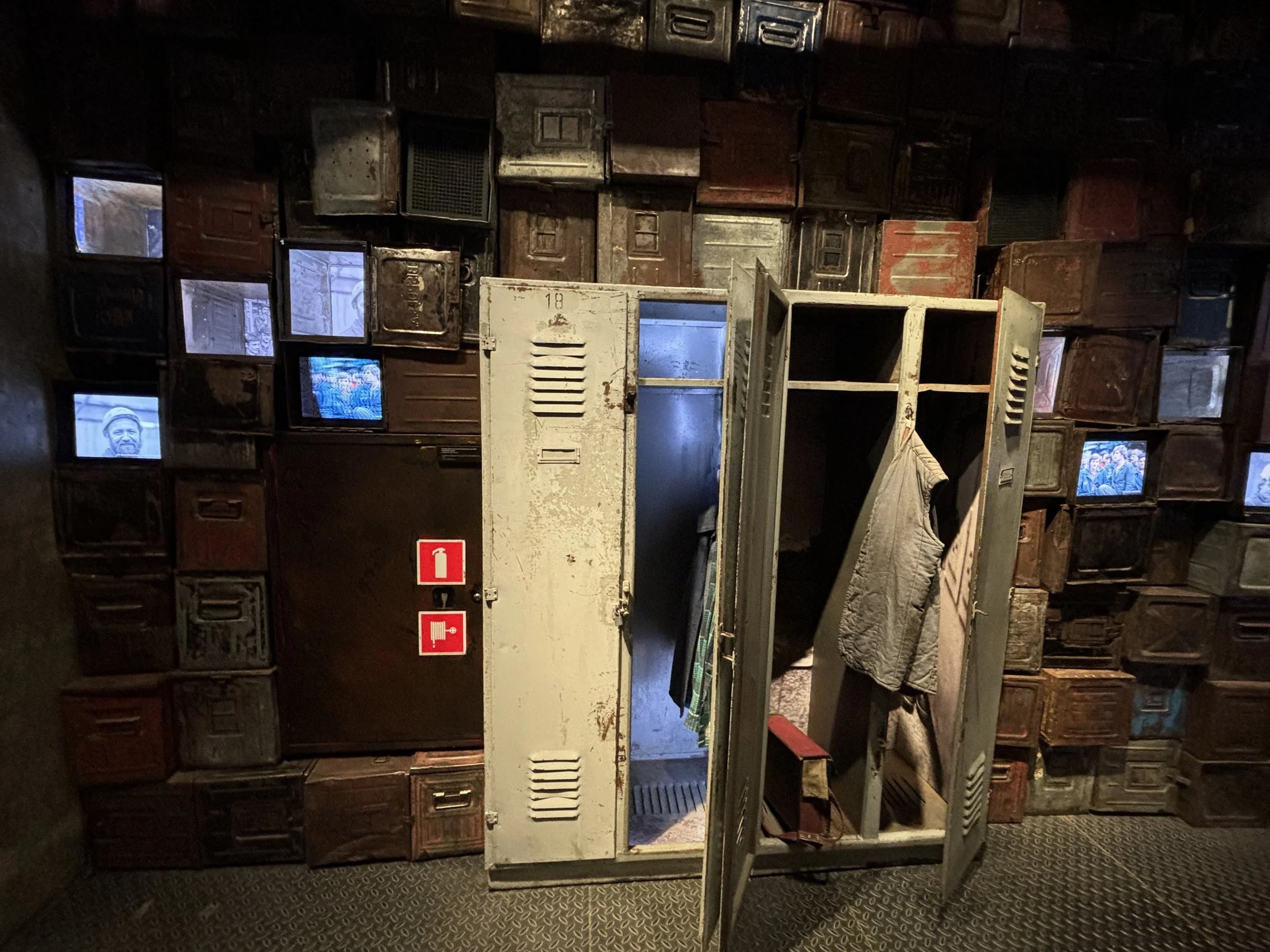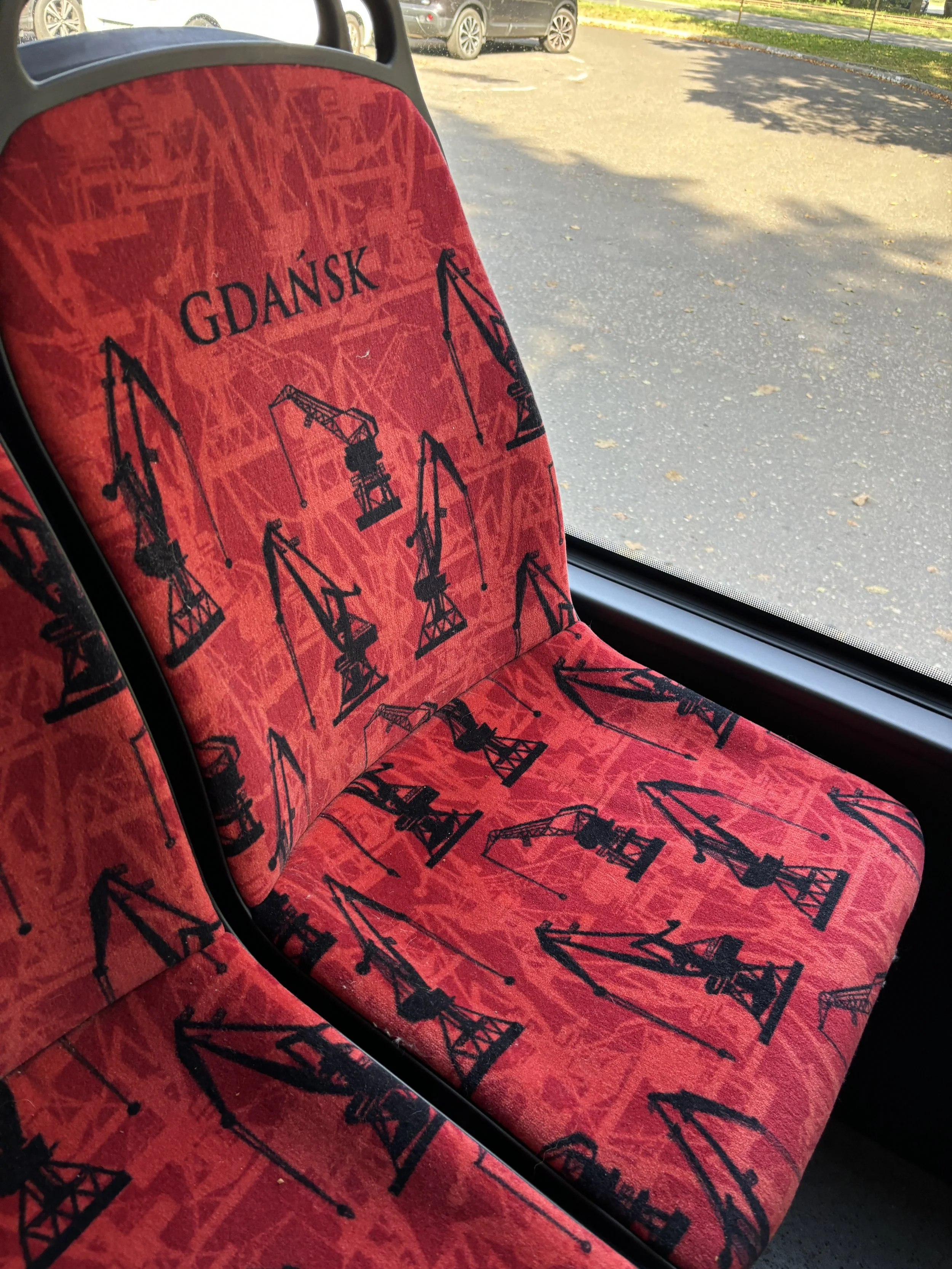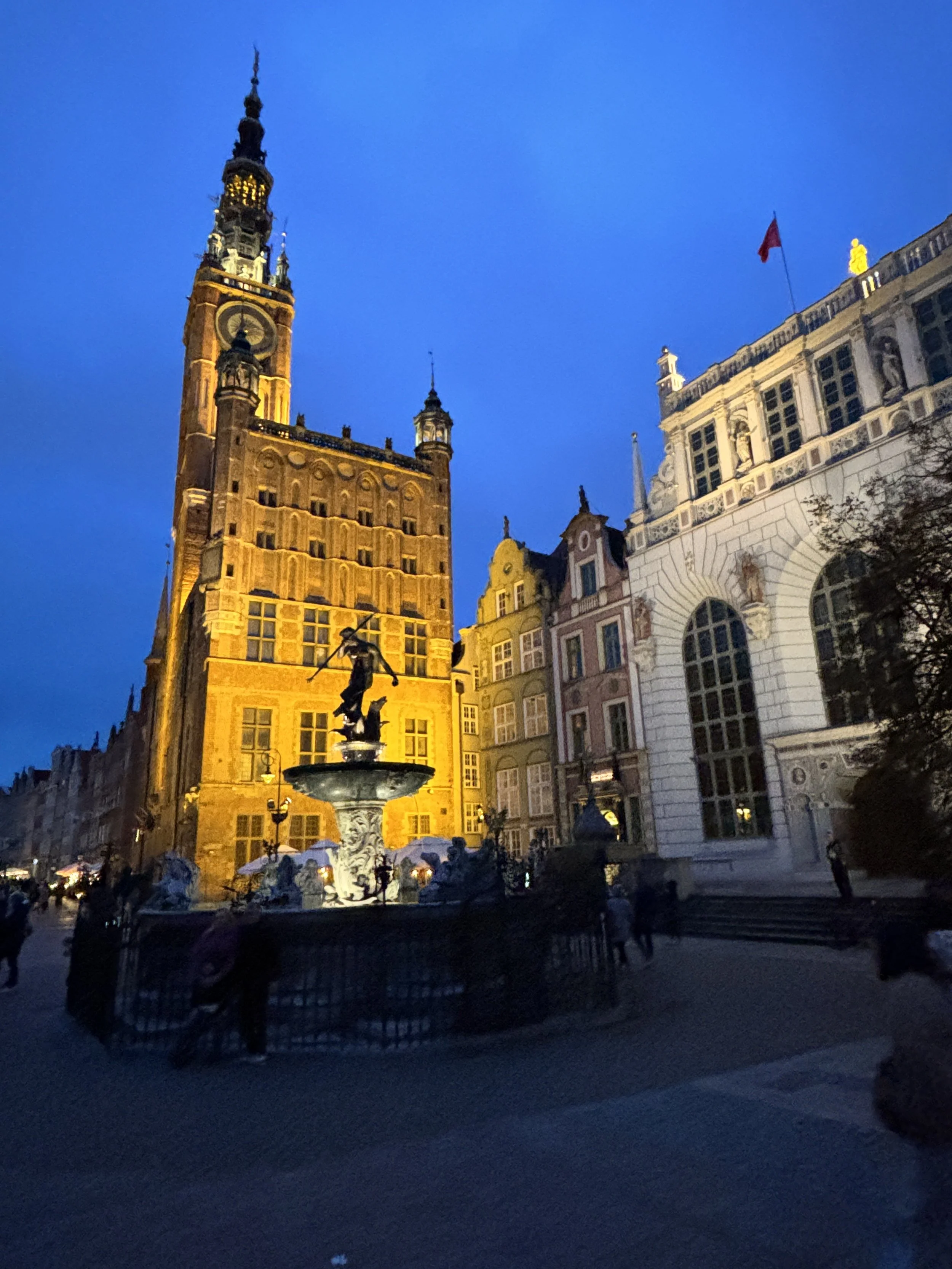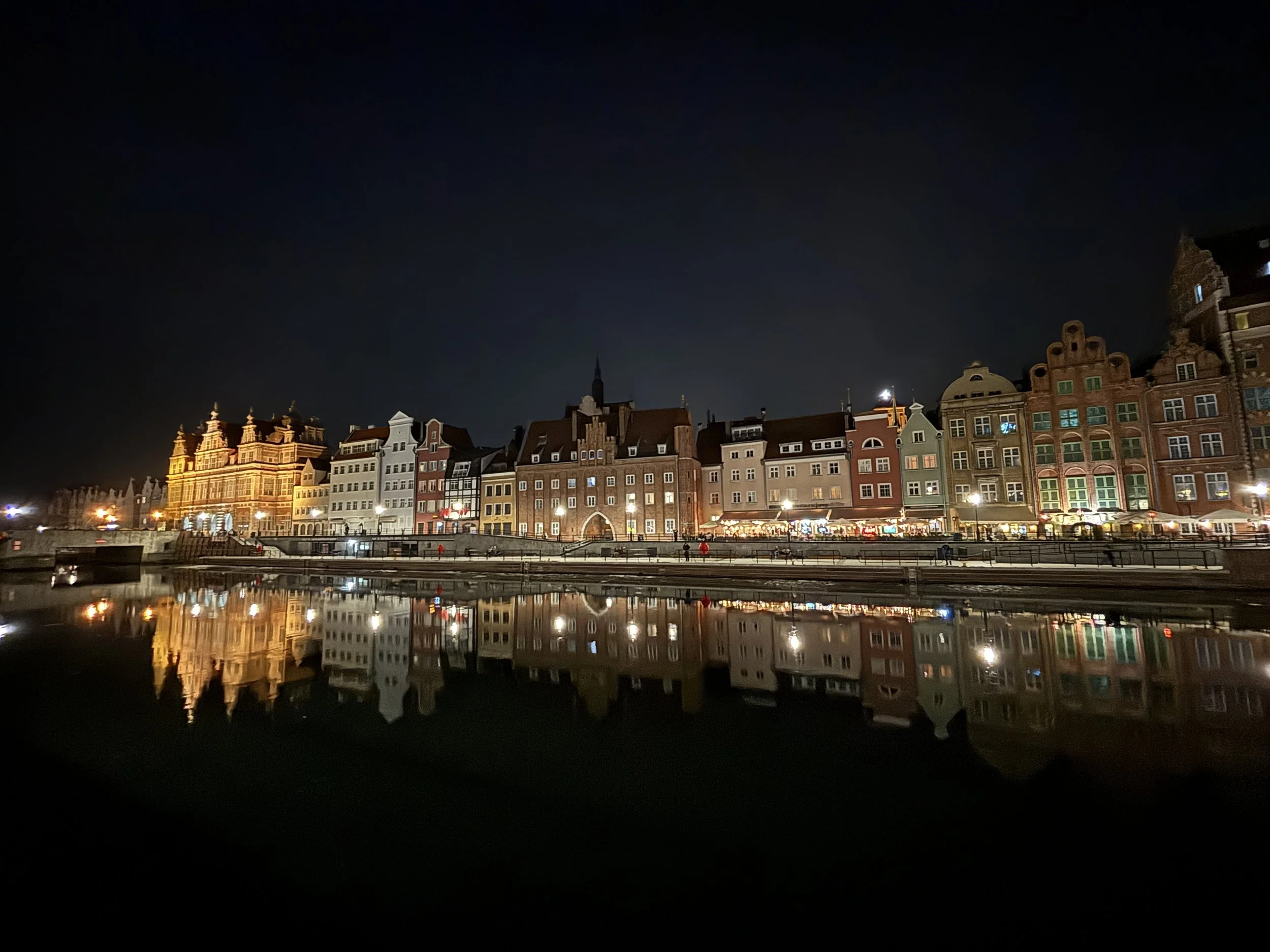Weekend in Gdansk: what to do and what to see
Gdansk has found itself, rather unwillingly, at the front line of some of the most pivotal events of the 20th century: the start of WW2 and the beginning of the end of Communist dictatorships in Eastern Europe.
In this post we’ll describe some of the places most closely connected to those historical episodes, but, besides that, the old town of Gdansk is also a place of beauty on its very own.
I am aware the Baltic coast near Gdansk has also some places of interest, such as port of Gdynia and the resort town of Sopot, but, since I only had two full days in the city, I decided to focus on the city of Gdansk proper.
In fact, I think 48 hours is an ideal time stretch to visit both the old parts of Gdansk, with its Hanseatic architecture, and the more modern parts near the sea, which are more closely connected with its, let’s say, more troubled contemporary history.
Visiting the Old Town of Gdansk
The history of Gdansk is a compendium of the constant and not always peaceful border changes that have afflicted parts of Central and Eastern Europe throughout the last few centuries.
Gdansk emerged as a major trading entrepot already in the 14th C. The city, which occupies a strategic spot at the mouth of the river Vistula, was a member of the Hanseatic league, which grouped some of the most important trading ports of the Baltic and northern Europe.
Being located pretty much on the fault line between the Germanic and Slavic worlds, Gdansk has been under several different sovereignties in succession and has, for a significant part of its history, also been known by its German name of Danzig.
What to see in the old town of Gdansk?
There are a few buildings of historical interest, of course, I would highlight St. Mary's Church, the bell tower of which has the highest view point in Gdansk’s old town, and the Brama Wyżynna, which is one of the city’s gates old gates, built in the 16th C, and the first monumental sites that greet you if you approach the old town from the west.
But I would say Gdansk is not about any one monument in particular, but about the ensemble. You can spend the whole day wandering around admiring the many colourful facades that lines the streets and the myriad of decorative elements.
There are two major pedestrian axes that concentrate most of the activity (and tourists as well). One of them is the Długa, the main central street (pictured in the photo that introduces this article), which runs West to East and widens at the Długi Targ forming a square. The other, or others since there are two of them, are the banks of the river Vistula, which runs south to north and is pedestrianised.
By all means, visit them, but also, do not hesitate to get “lost” in the other areas of the old town, particularly north of the Długa. You never know what you will come across after turning the next corner! And yet…
….most of what you see is not really the “original” Gdansk/Danzig, but a very nicely done modern reconstruction.
For reference, I post here a picture, which was exhibited at the Museum of Gdansk, which hows how Gdansk looked like in 1945.
The result is truly astonishing and I think the decision to rebuild the city as it was before the war, instead of filling it with some drab concrete buildings, as it has sadly happened in so many other places in Europe, is something to be celebrated.
This post about Gdansk could well be just a photo gallery, but I think if I just give you a little taster here. The rest you will have to go see in person!
Where to stay in Gdansk
Zefiro Ogrody Apartments
Długie Ogrody 4, 80-765 Gdańsk
One of the things that caught my attention is that hotels in Gdansk, at least in the late summer/early Autumn period when I visited, where not cheap, so I opted for a serviced apartment instead.
This turned out to be a great choice, since the place was really. central (not in the core of old town but immediately next to it, less than 5 minutes walk away) and also well connected to several bus lines which served me well for my visit to Westerplatte (more of this soon).
The apartment is located in a post-war residential block, but it is totally refurbished inside and you can access with a code. It was small, but pretty good for one person short stay.
Visiting Westerplatte, the place where WW2 started
A visit to Westerplatte is a must for anyone minimally interested in WW2.
It is generally accepted that the first shots of WW2 were fired in the early hours of September 1, 1939, by the German battleship Schleswig-Holstein against the Polish garrison in Westerplatte.
The city of Gdansk had a special status at the time, under the jurisdiction of the League of Nations, although Poland was responsible for some aspects of its governance and kept a military presence at the Westerplatte peninsula.
This fortified outpost, at the mouth of the Vistula river, acted as a seaport and logistics center for the Polish army. So, its bombardment was a prelude of the Nazi invasion of Poland and the German takeover of the city.
How to get to the Westerplatte historical site
The bus ride from the center in a normal urban bus takes about half an hour. There are at least two bus lines (106 and 606) that take you there from the city center, frequencies are usually every 20 minutes or so. I recommend downloading the Jakdojade mobile app to purchase the tickets while on the go.
What can you see at Westerplatte today?
After the war, and with Gdansk now fully in Polish hands, Westerplatte took, of course, a special symbolic significance as a memorial place and war monument.
Visitors can arrive at the southern end of the complex, where there is some small infrastructure (although nothing compared to the massive visitor centers and souvenir shops you find at some other European or American historical sites!).
Rather than a compact fortress, Westerplatte spreads over a territory that is roughly a couple of km long a 500m wide, with the Vistula on one side and the Baltic sea on the other.
So, the visit is essentially an outdoors walk that takes you past the different casemates and barracks that were part of the complex and that were almost entirely destroyed on the first day of the war, as well as a war memorial that is the resting place of the Polish soldiers that died defending Westerplatte.
The information panels are also in English and provide a very detailed explanation of what each building is, what was the role it played in the battle and the fate of those that found themselves defending the outpost during that very unequal fight.
It is also possible to get inside some of the destroyed barracks following a clearly designated path.
This memorial path through the Westerplatte ends at the tip of the peninsula, where there is a monument to its defenders. The obelisk-like concrete monument, which clearly reflects the style of the era in which it was built, is in at the top of a small hill, so it has also views of the adjacent port of Gdansk.
At the back of this monument is the northern, Baltic-facing part of the peninsula is more forested. Some excavations were still going on there at the time of my visit.
A visit to the Westerplatte is also an opportunity to get to see the Baltic sea, since, despite its tradition as a trading port, the city’s downtown is a couple of miles from the sea, and most of its sea-facing area is filled with docks, shipyards and other industrial areas.
The Westerplatte peninsula has a rather long, sandy beach, although quite exposed to the elements.
Where to eat in Gdansk
Our recommendation
Piekarnia Gruzinska Ketili Puri
Szeroka 125, 80-835 Gdańsk
Now, I am aware this is not Polish cuisine. It is Georgian. It is not even a restaurant, it is actually a bakery. And it is not even a singular establishment, since it is a chain.
BUT, I stopped here for a little rest and to replenish energies during my walk through Gdansk and it provided great, tasty food and great value, plus a place to sit outdoors on a nice street and with very efficient service.
So, I can’t but recommend it if you are looking to maximize your sightseeing time and do just a relatively quick pit stop while you, following my recommendations, wander around the old town.
Visiting the Solidarnosc Center
If Gdansk is the place where the first chapter of WW2 was written, the city had also a stellar role in the beginning of the end of Communism in Europe.
In the early 1980s, the vast shipyards of Gdansk were the cradle of the Solidarnosc (“Solidarity”) movement, which became the bedrock of opposition against the Soviet-controlled regime of General Jaruzelski. A man in particular, Lech Walesa emerged as the leader of this wave of protest that ended up with the Polish Communist government declaring martial law. It would take a few more years for the regime to collapse, as it did in the rest of the Eastern Bloc, but the seeds of revolution were planted at the Gdansk shipyards.
Walesa would be awarded the Nobel Peace Prize in 1983 for its activism and it went on to become President of Poland and later Member of the European Parliament (MEP) after the Communist era was over.
The story of what happened at Gdansk shipyards in those years is told at the very place where the events took place. The European Solidarity Centre is a massive, modern museum located at the edge of the city’s shipyards.
How to get to the European Solidarity Centre?
Just walk from the old town. It is possible to get there by bus, but the museum is located at the southern edge of the city’s shipyards, barely a mile from the old town. It is perfectly walkable, the path is not unpleasant and you get to see also a bit of modern Gdansk.
The European Solidarity Centre (and its immediate surroundings) have been built in contemporary style (it was opened in 2014) and on a grand scale.
The exhibits are really well structured and contained lots of information about the events in the late 1970s and early 1980s that ultimately led to the downfall of the dictatorial regime that had ruled Poland since the end of WW2.
The museum has plenty of immersive displays that give you a feel of how life was in those times. It also has a few, lets’ say, interactive areas where you can, for example, leave messages expressing your thoughts about this period of history and so on…
The shipyards are, of course, an important part of the identity of modern Gdansk.
Its symbology has been developed into a sort of visual brand of the city, which can even be found on the seats of urban buses!
But nowhere will you fid more examples of this as in the souvenir shop of the European Solidarity Centre, where you can find all sorts of memorabilia relating to Gdansk's shipyards, Lech Walesa and the revolution he unleased.
Unlike in other European cities that have deindustrialized, cranes are still an element in Gdansk urban landscape, as you can see from the rooftop viewing platform at the European Solidarity Centre.
Bonus recommendation: night walk in the old town
I couldn’t end this article without mentioning the beauty of old Gdansk by night. So, if you have the chance, go for a walk in the evening. I don’t know how is it like with cold or rainy weather, but I had the good fortune of visiting during a weekend of great sunny weather at the end of summer and the city was truly bustling with activity.
In particular, I recommend a walk after sunset along the banks of the river Vistula, when the lights are on. There you will be able to see a whole new face of the city of Gdansk, when it dons its evening attire!
